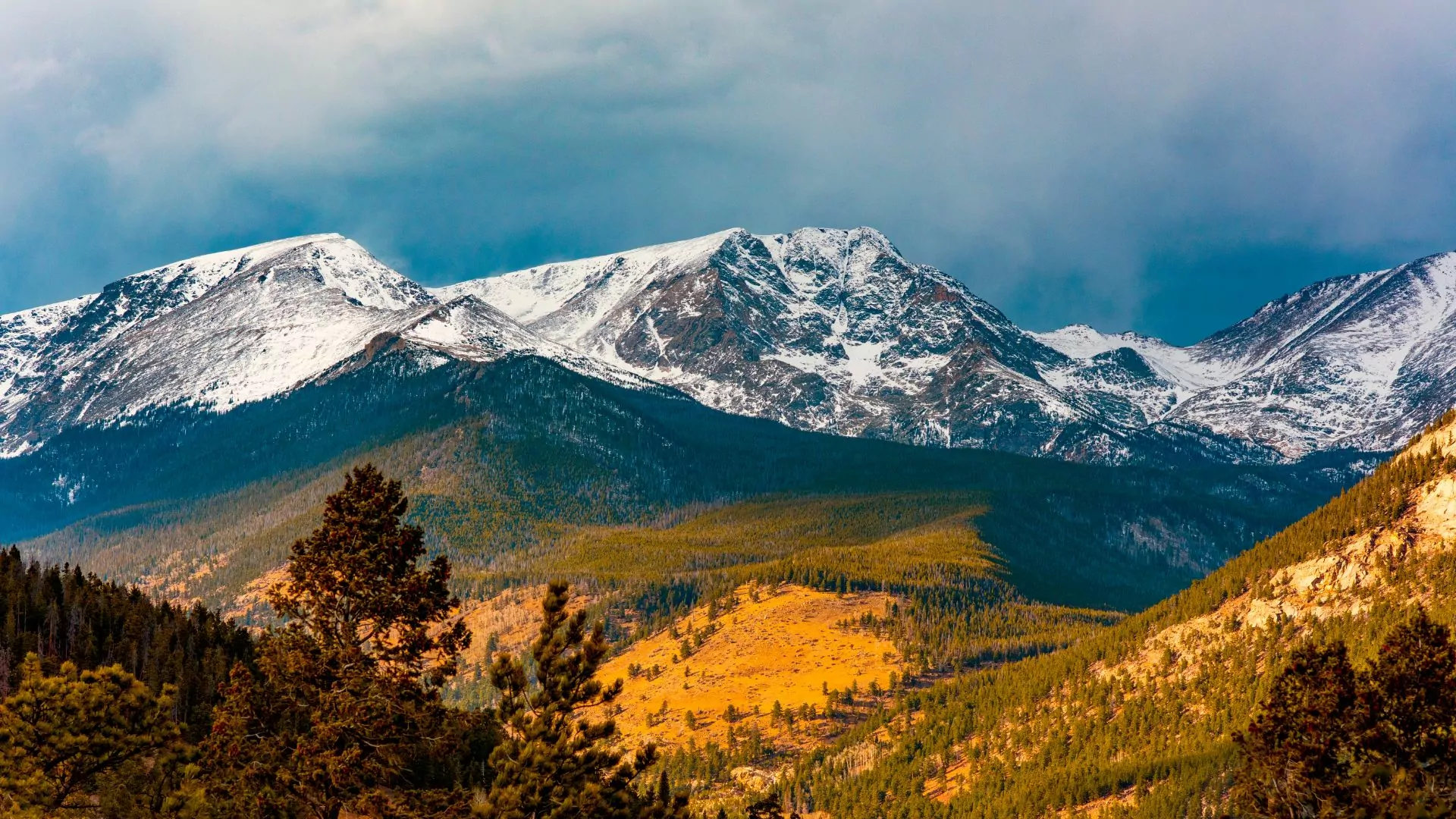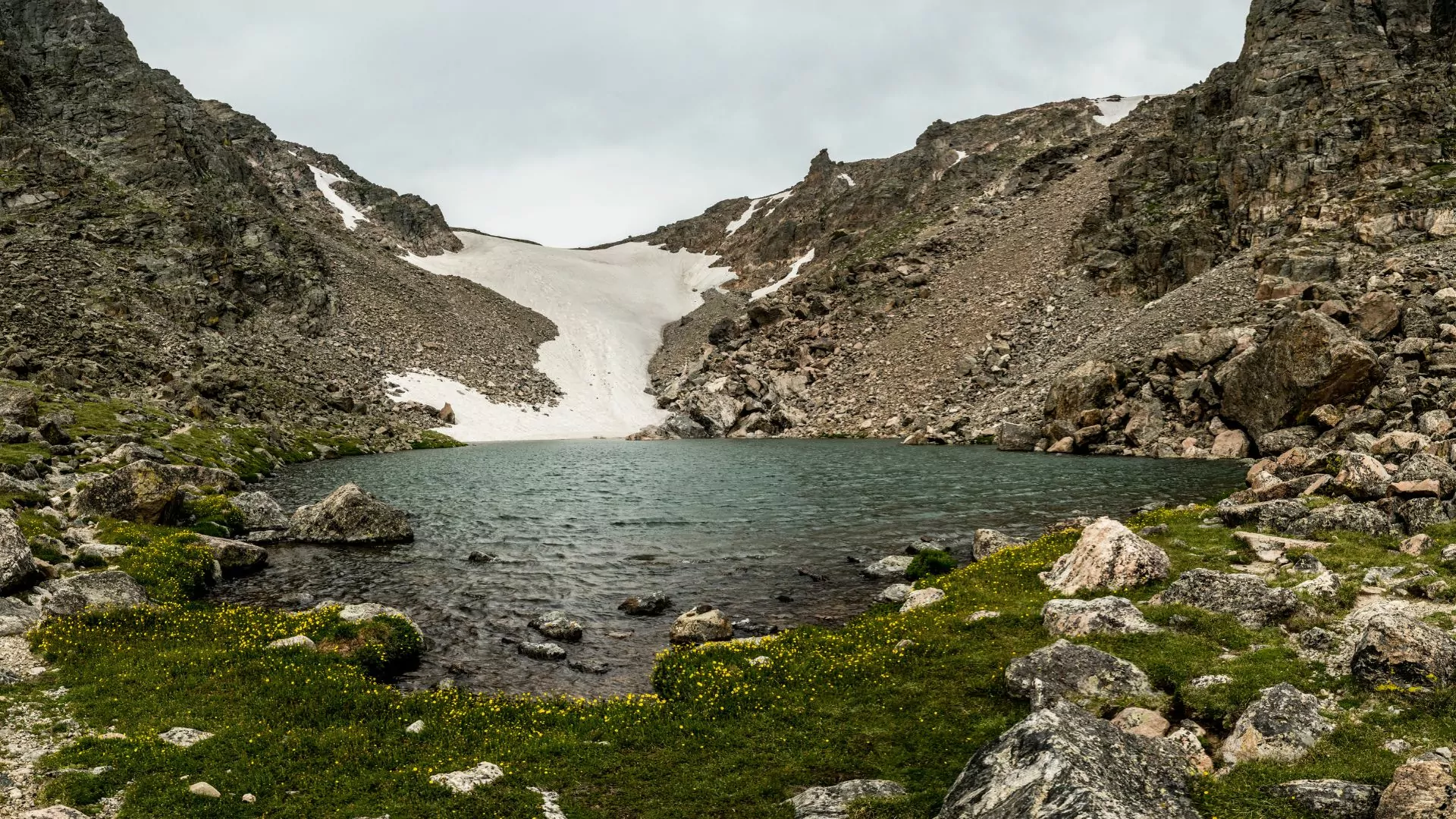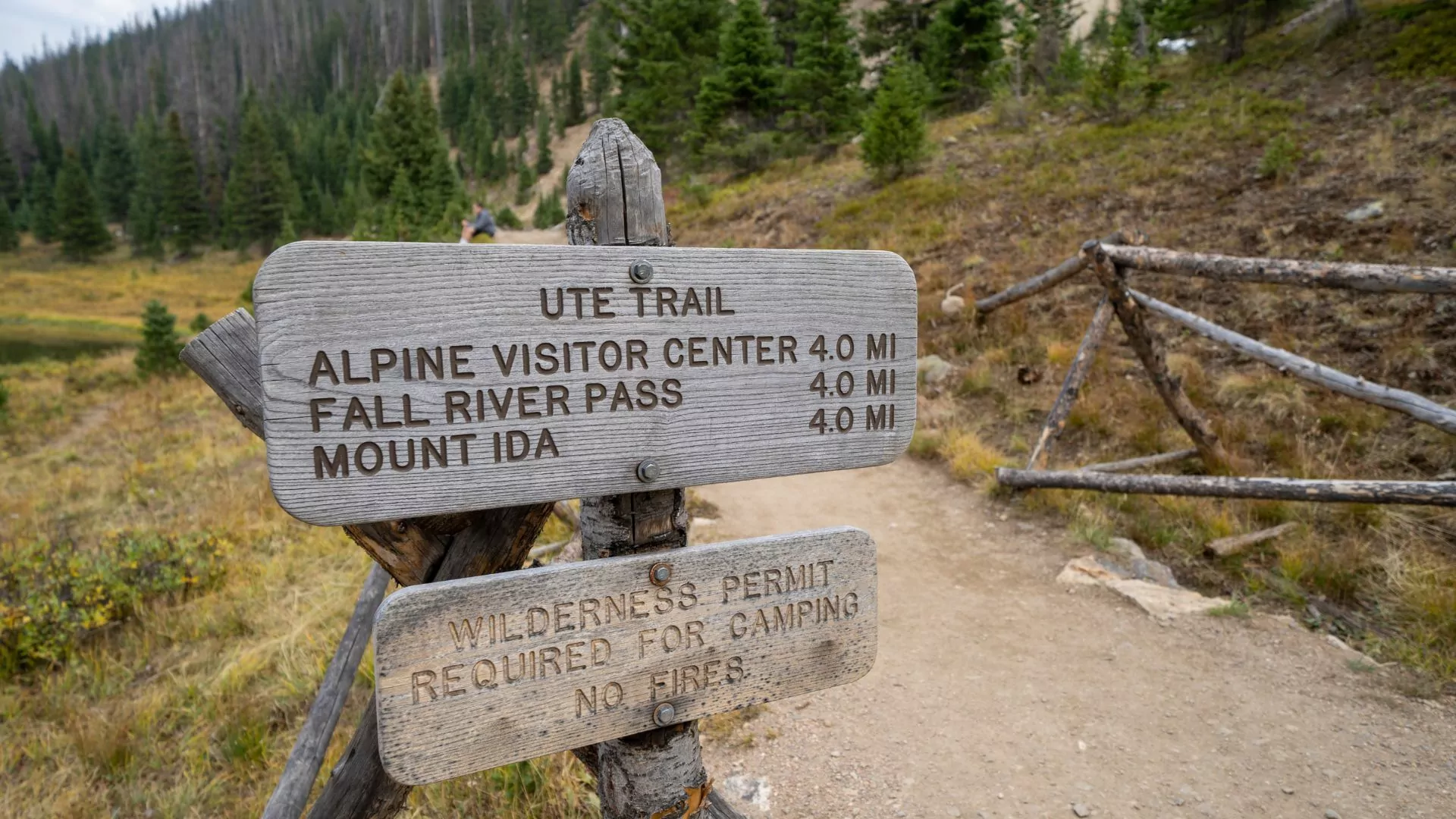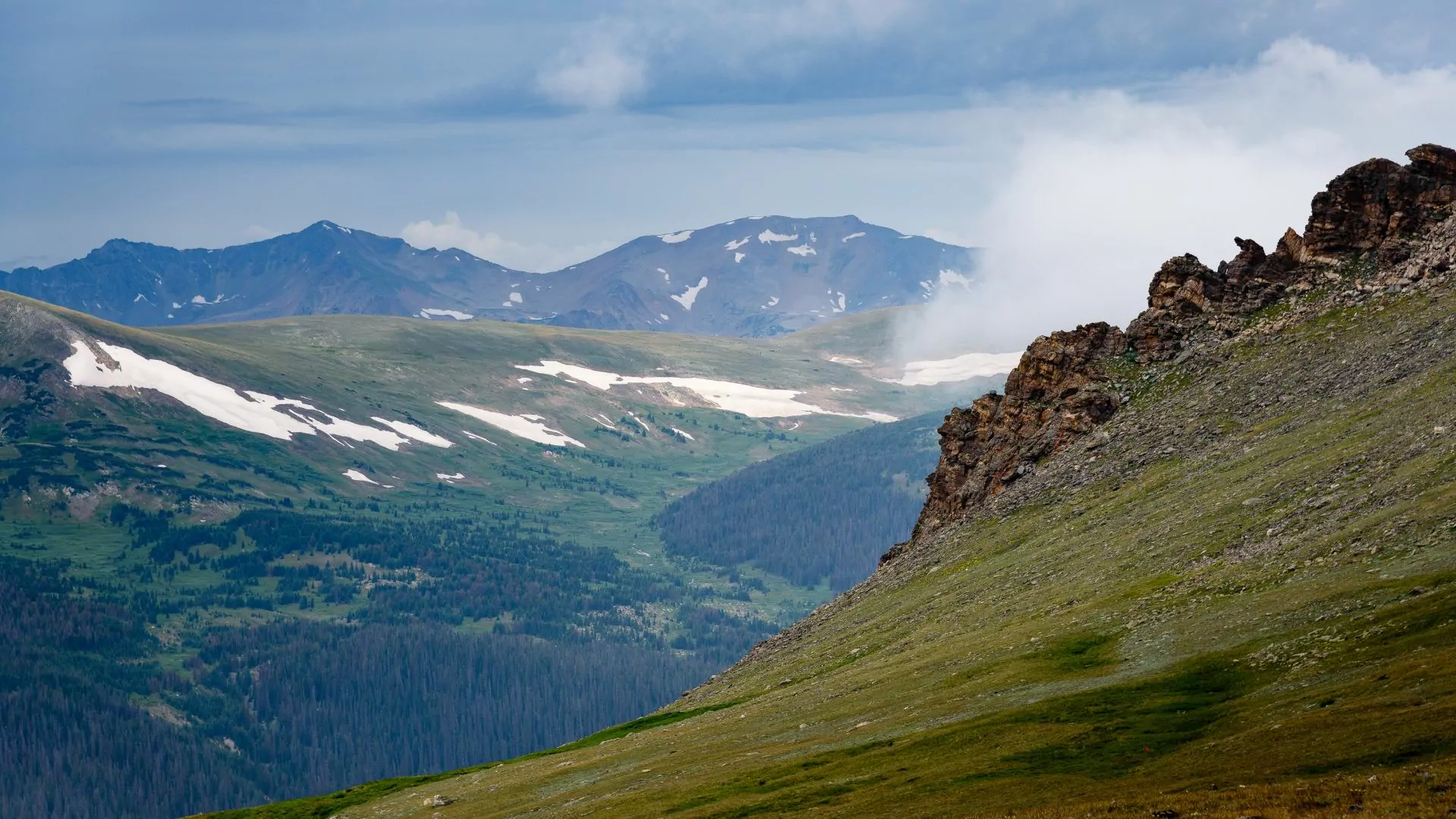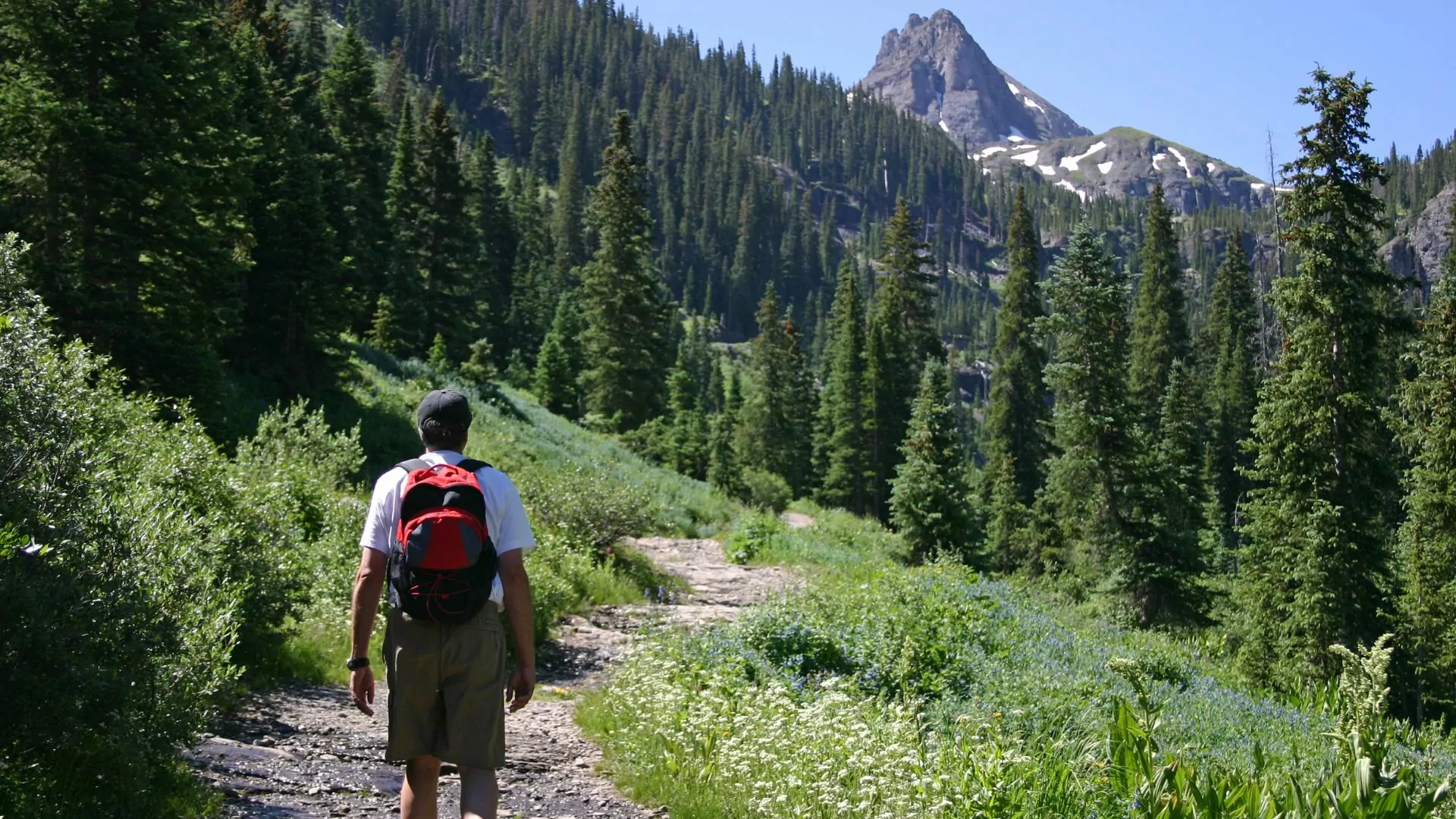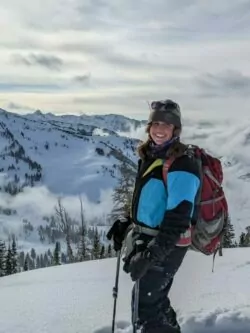4 Stunning Rocky Mountain National Park Hikes
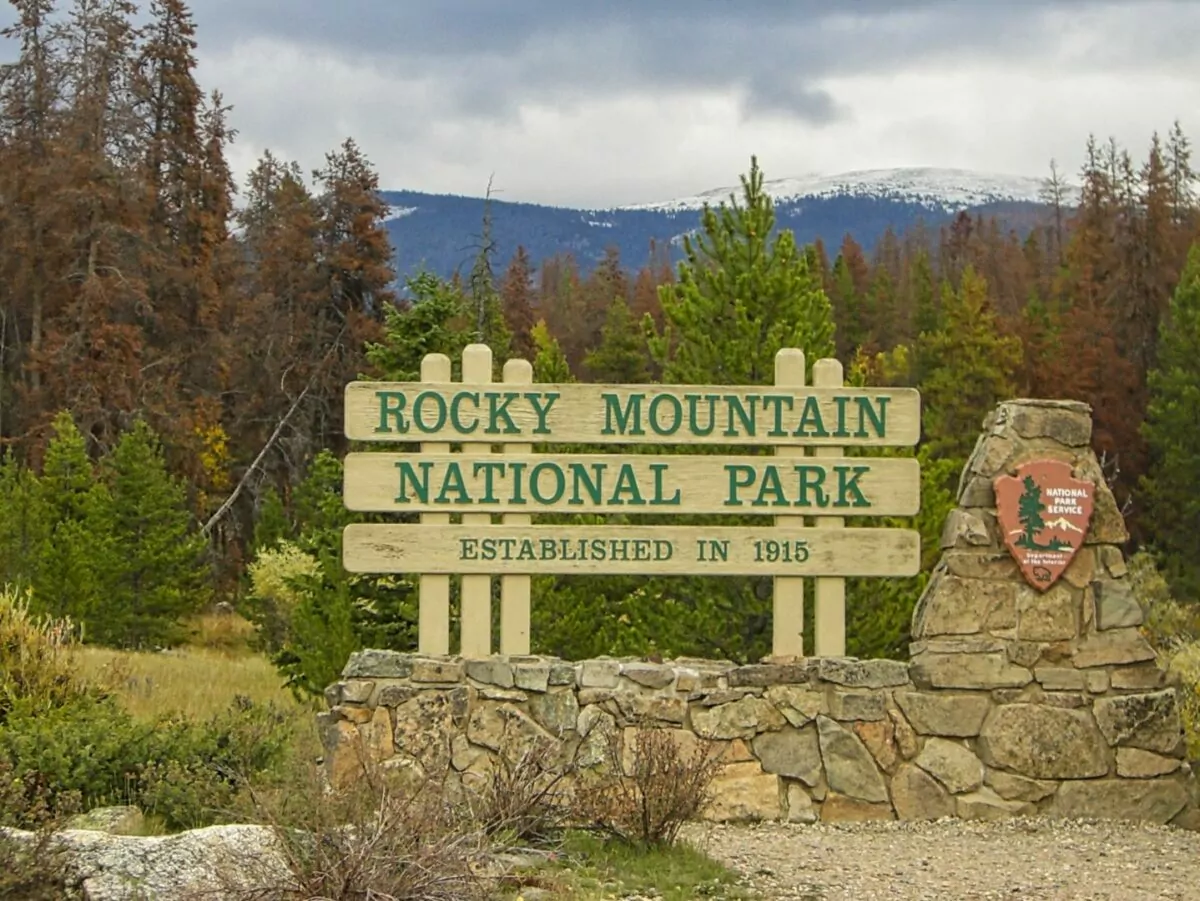
A window into one of North America’s most scenic mountain ranges, Rocky Mountain National Park is a place where you can marvel at high peaks and spend days exploring the 350 miles of trails. The park boasts over 60 12,000ft+ mountain peaks, more than 100 lakes, and many quiet meadows for wildlife spotting. This National Park offers backpackers, day-trippers, and mountaineers a wild and scenic experience.
No matter your interest or ability level, there is a wide range of Rocky Mountain National Park hikes to choose from.
Getting There
Approximately 2 hours West of Denver, Colorado, Rocky Mountain National Park (RMNP) is the perfect escape from the bustling Front Range. You can take Highway 36 from Denver all the way up North through Estes Park. An alternative but longer route is to take the Peak-to-Peak Scenic By-way though Nederland.
A third option, to access the quieter Western side of the park, is to take the I-70 West from Denver up to Highway 40 and then Highway 34 to Grand Lake. The two gateway towns are Estes Park to the East and the less visited but equally stunning Grand Lake to the South-West.
During the summer there is also a hiker shuttle from Estes Park to RMNP; reservations are required.
Pro tip: The western side of the park around Grand Lake is much less frequently visited and a great way to avoid crowds while still having prime access to many of our most highly recommended Rocky Mountain National Park hikes.
Accommodations
There are a variety of ways to spend the night in or around the National Park. There is lodging varying from simple, rustic cabins to luxury hotels in the gateway towns of Estes Park and Grand Lake.
There are also five campgrounds within the boundaries of the park. Visit Recreation.gov to book a campsite; most campgrounds open up reservations 6 months ahead of time while others are a short-term release system. You must have a permit to camp in the backcountry and reservations for those open March 1st.
To avoid the hassle of permits and planning altogether, book a llama, backpacking, or lodge-based trip with Wildland Trekking!
Need to Know:
Permits and Regulations
From mid-October to early June, be prepared for winter conditions and snow. When the traction law is in effect, make sure to check that your vehicle passes the requirements (usually studded snow tires, chains, etc). The main highway through the park, Trail Ridge Road, is closed during the winter season. An entrance fee or a National Park pass is required to enter the park at all times. Also, beginning May 2024 there will be a timed-entry permit reservation.
Best Times to Visit
The best time to visit Rocky Mountain National Park is between early June and Mid October, before adverse weather conditions limit travel. There are sections of the park that soar up to 14,000ft as well as marshes below 8,000ft, so be aware that even during the peak of summer there can still be snow at higher elevation ranges.
Weather
There is a saying in Colorado “you can experience all four seasons in a single day” and this is especially true in Rocky Mountain National Park. The weather patterns can change drastically in a short amount of time, so be sure to check the weather and have gear for the heat along with a sudden freezing rain storm. The weather in the summer months is usually around 70 to 80 degrees, but can dip into the 40s at night. Be sure not to get caught on an exposed peak when the afternoon thunderstorms roll in!
Wildlife
Each ecosystem of the park offers an opportunity to see an array of wildlife ranging from butterflies to black bears. Although the high alpine environments (10,000ft+) seem inhospitable, some animals like pika and marmots thrive here. Bighorn sheep also frequent the perilous cliffs of the mountains. In the lower elevation marshes and meadows you may spot moose, herds of elk, a slinking coyote, or mule deer on the outer edges.
There are also many black bears scavenging for food. Leave plenty of space between you and wildlife: 30 yards from most ungulates (large mammals with hooves) and 100 yards from predators and moose. Look up the park regulations on how to “bear proof” your campsite to keep the bears and yourself safe and healthy.
Guided or Unguided?
Planning a trip in Rocky Mountain National Park yourself can be a daunting task. There are some straightforward day hikes and the rangers or resources at the visitor center can greatly help. Reserving backcountry permits and front country campsites can be trickier since they can sell-out quickly and you need to plan far in advance. This is one of the reasons why booking a trip from an outfitter or hiring a guide can be beneficial.
Guides know the regulations of the park, can help you maximize your time in the wilderness, and will take the stress of planning off your shoulders. Hiring guides or outfitters also supports the local economy and while traveling with someone who is knowledgeable about the native flora and fauna keeps you safer and helps ensure you get the most out of your visit.
Plus, they know all the best kept secret Rocky Mountain National Park hikes!
Best Day Hikes
Andrew’s Glacier and Andrew’s Tarn
Start: Glacier Gorge Junction Trailhead, Rocky Mountain National Park
Distance: 9.4-10 miles out and back
Time: 5-6 hours round-trip
Elevation Gain/Loss: +2,150ft
This hike ticks off a lot of Rocky Mountain National Park highlights. You’ll see the stunning Alberta Falls, gaze upon a cirque surrounded lake called “The Loch” and view a glacier. You can park at the Glacier Gorge JCT Trailhead (small parking lot), the Bear Lake Trailhead, or on busier days opt to use the Park and Ride near Mt. Bierstadt trailhead to take the shuttle in. This is a fairly strenuous hike. The end of the hike gets steep and you will pass through Andrew’s Tarn. This is a rock field where you will be doing a combination of mellow scrambling and hiking. The trail can be easy to lose here, so keep an eye out for cairns and use route-finding skills. You will be rewarded with a beautiful view of Andrew’s Glacier sitting in a cirque below the 12,486ft Otis Peak.
Ute Trail
Start: Across the street from the Alpine Visitor Center
Distance: 8 miles
Time: 3.5 hours
Elevation Gain/Loss: +1,037ft
This is a one of the more moderate Rocky Mountain National Park hikes. You begin the trail higher in elevation (11,796ft) and then descend into the tree line. During the first two miles you’ll be in the alpine-tundra ecosystem and pass some high altitude lakes. Once you dip into the meadows (depending on the season) there is a good chance you’ll see elk and wildflowers in the meadows. You’ll end at Poudre Lake before having to turn around and gain back the elevation.
Mount Ida
Where: Poudre Lake Parking lot in Rocky Mountain National Park
Distance: 9.5-10 miles out and back
Time: 8-10 hours
Elevation Gain/Loss: +2,358ft
This hidden gem is one of my favorite Rocky Mountain National Park hikes. This challenging hike takes you up along the Continental Divide. You will pass through a tundra landscape, fields of wildflowers and experience high-alpine views. The peak of Mt Ida is 12,874ft which will give you panoramic views of the park in all of its craggy peaks and glacial glory. Note that the high-altitude here is a challenge for most out-of-towners. The route-finding during the rock scramble section also requires some focus.
Coyote Valley Trail
Where: Coyote Valley Trailhead
Distance: 1 mile out and back
Time: 30 minutes-1 hour
Elevation Gain/Loss: +15ft
This easy 1 mile trail is one of few Rocky Mountain National Park hikes that is wheel-chair accessible. It is also a perfect way to see the Colorado River whose headwaters are only 10 miles up river in the Never Summer Mountains! You can stroll along the river and see gorgeous views of the Kawuneeche Valley then enjoy an idyllic lunch in the picnic area near the start of the trail.



